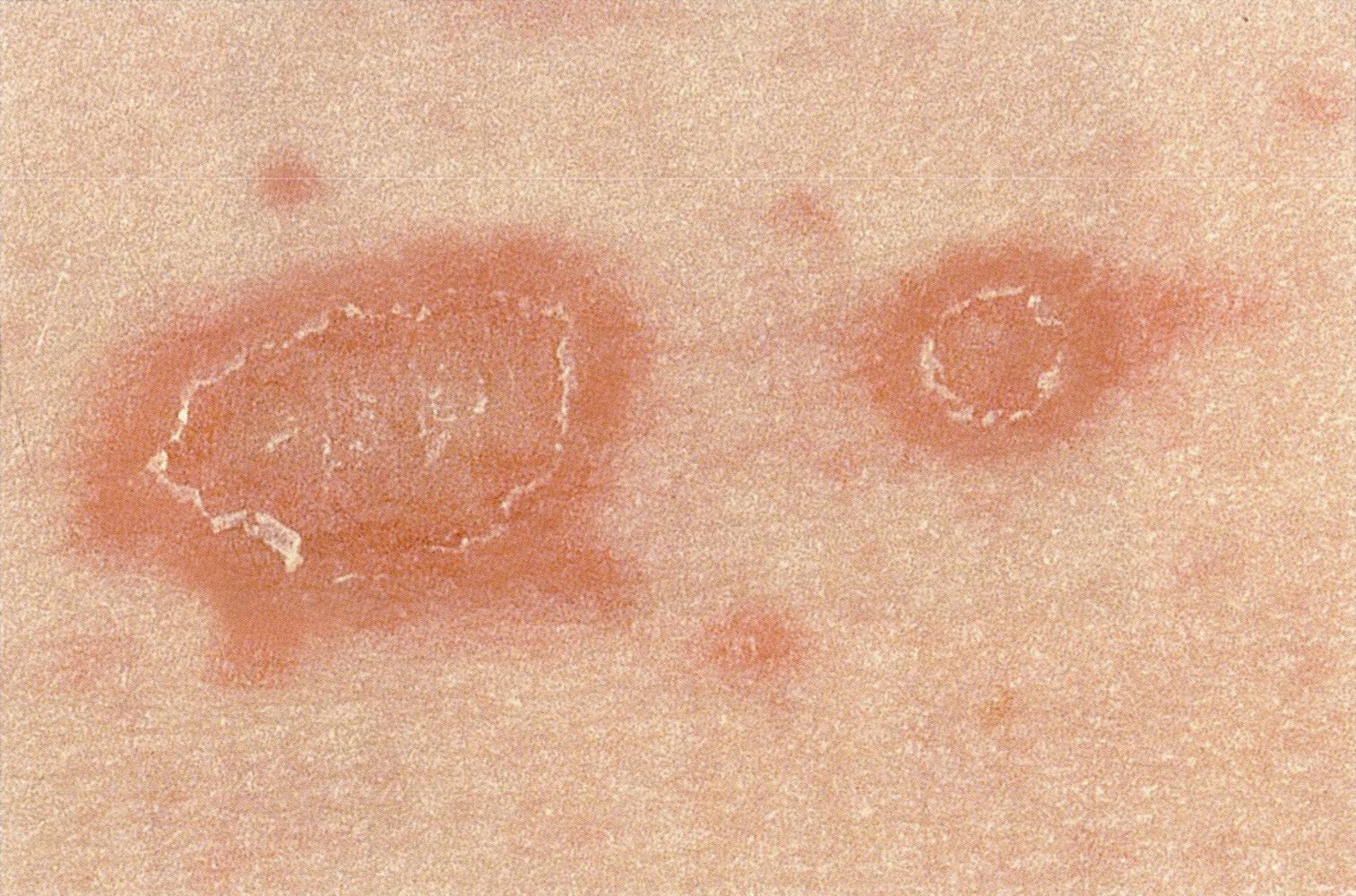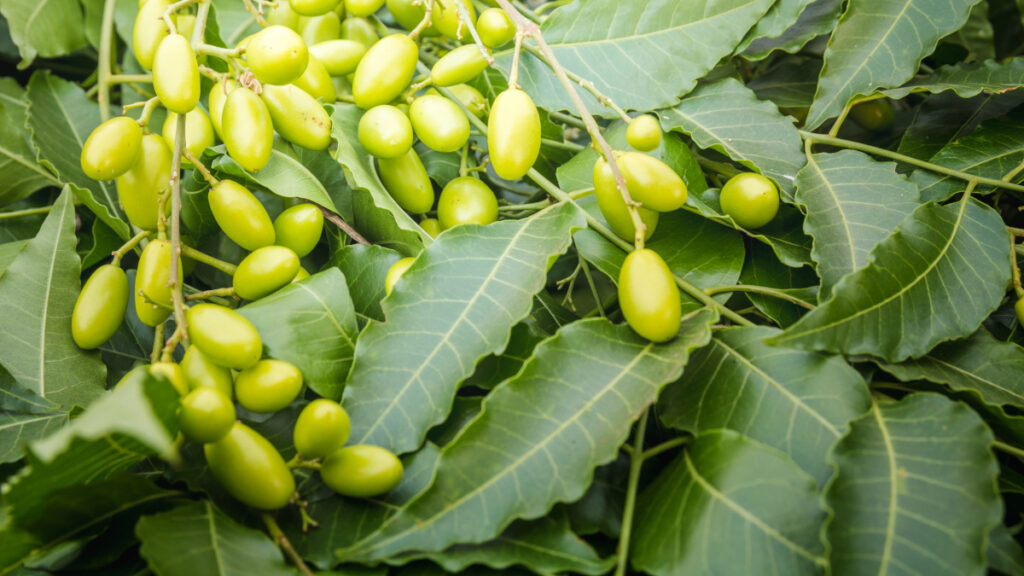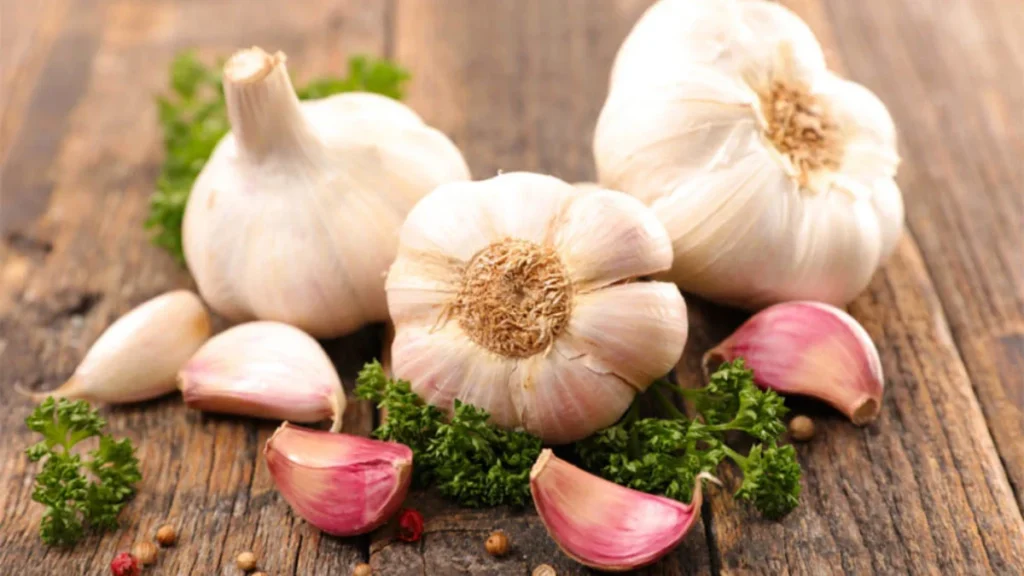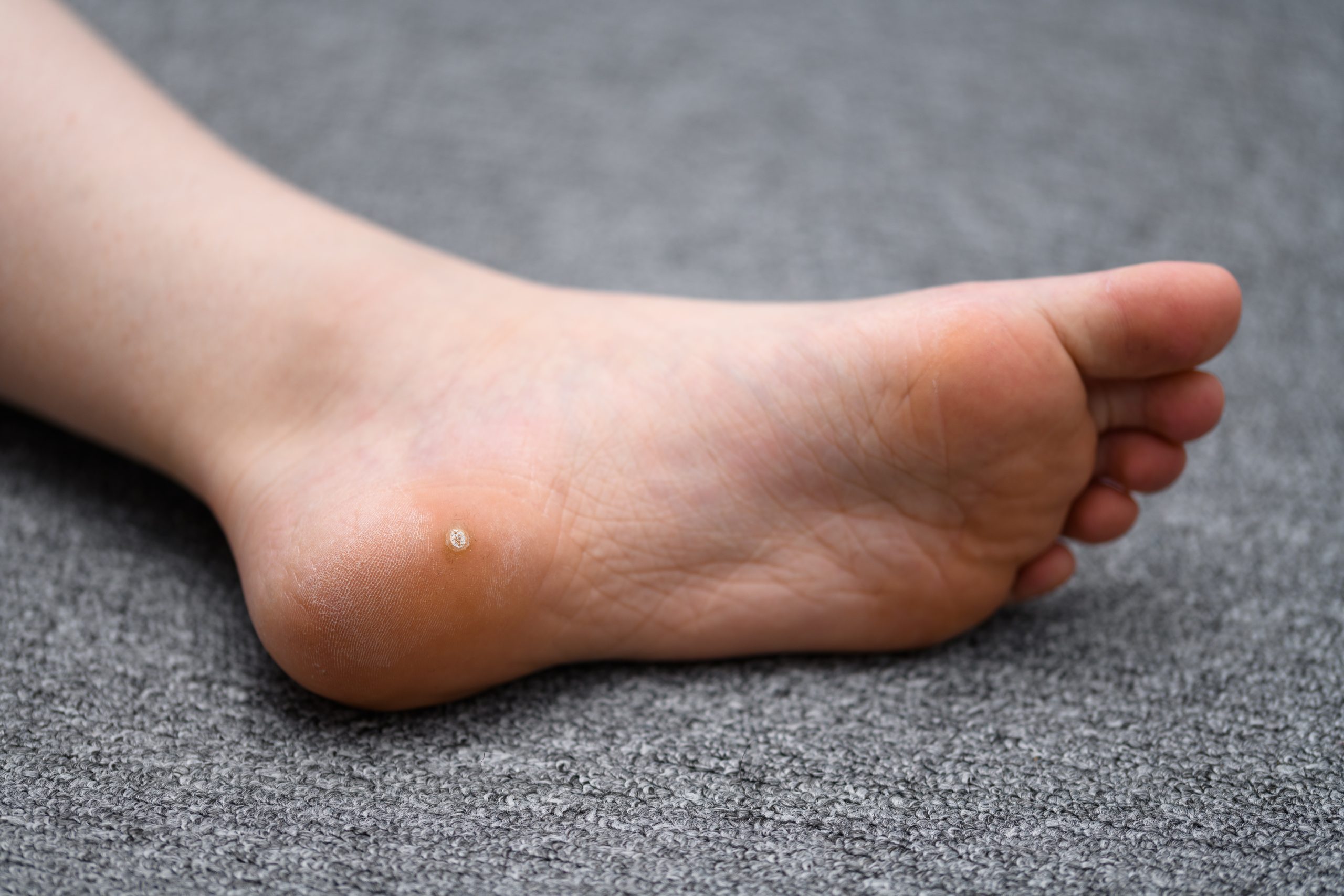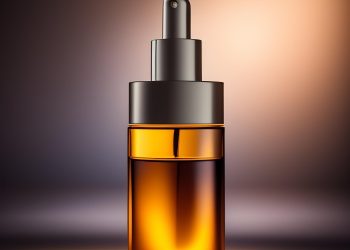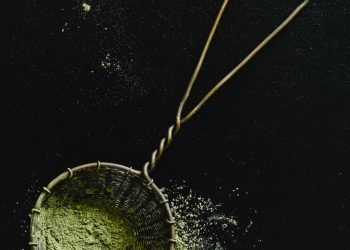Pityriasis Rosea is a skin rash you may develop on your torso, stomach, neck, thighs or upper arms. This guide will find some home remedies for pityriasis rosea to soothe the itching. While they won’t treat the disease, they will give you comfort. Read on to learn how to get rid of pityriasis rosea naturally.
Pityriasis Rosea Rash
It’s a common viral disease that usually attacks people between 10 and 35 years old. [1]
If you’re pregnant, having this skin type of skin rash could be a problem. Hence, it would help if you got rid of pityriasis rosea as soon as possible.
Pityriasis rosea is not deadly, but you may feel intense itching, especially during exercise or exposure to heat.
The reason behind pityriasis rosea is not sure. But doctors think a viral infection similar to a form of herpes is responsible for it. It may last between six and nine weeks. But, as there’s no specific cause, it’s difficult to prevent the disease.
Pityriasis rosea doesn’t come with many symptoms. But you can easily understand if someone has it as the rash is quite distinctive.
When it first develops, there will be a single, large rash or patch on your neck, back, stomach, or thigh. We call it ‘mother patch.’
After a week or two, the ‘daughter patches’ will join the mother patch. They are smaller, scaly rashes on your chest or back, mainly in the shape of a Christmas tree.
How to Get Rid of Pityriasis Rosea: 11 Home Remedies
Pityriasis rosea usually heals by itself between six and nine weeks and doesn’t require any treatment. But you can use some home remedies that will give you relief from itching and the severity of the rash’s appearance.
1. Aloe Vera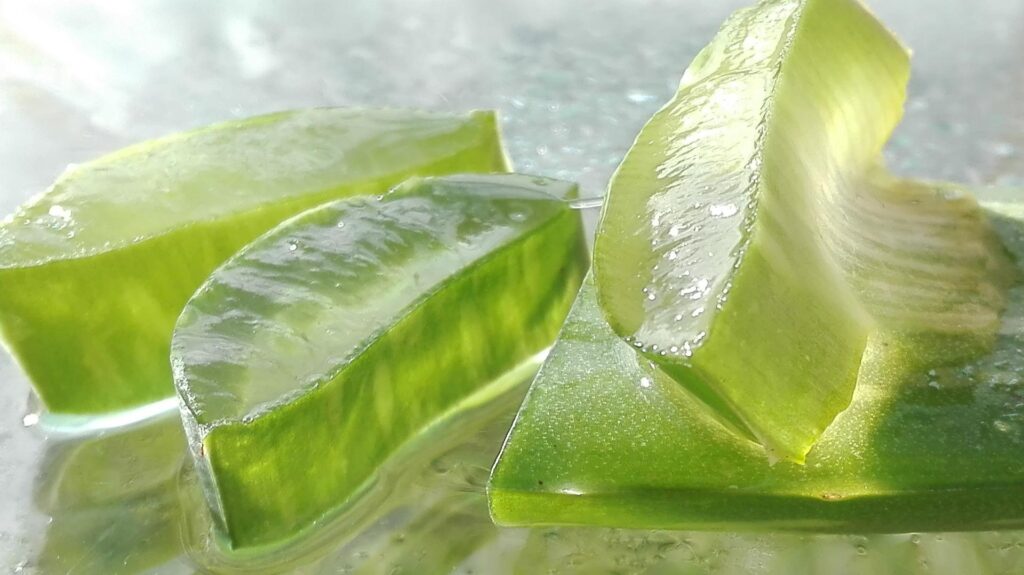
Whenever there’s itching in your body, you can rely on Aloe Vera gel without any doubt.
The cool, hydrating gel is one of the best remedies for any irritation and itching on the skin, even if it’s due to pityriasis rosea.
Its anti-inflammatory, antioxidant, and antimicrobial properties help prevent infection while soothing irritation. [2]
How to use aloe vera for pityriasis rosea:
- Cut one fresh Aloe Vera leaf and gently remove the skin.
- Extract the gel with a spoon.
- Apply the gel to your affected area 2-3 times a day until your condition improves.
2. Oatmeal
Instead of just using it as a healthy breakfast, you can use oatmeal to cleanse, exfoliate, and moisturize your skin. [3]
Its antioxidant and anti-inflammatory compounds will soothe your skin if you take an oatmeal bath.
An oatmeal bath can help remove the dirt and dead skin cells and ease the itching due to pityriasis rosea.
How to use oatmeal for pityriasis rosea:
- First, fill up your bathtub with warm water.
- Next, take some oatmeal and crush them into a fine powder. Add one cup of that powder to your bathtub.
- Mix them well, letting the oatmeal soak up and cool.
- Sit in the water for 15-20 minutes.
- Wash with cold water and pat dry.
3. Neem
Neem is an ancient and famous remedy to heal any skin disease.
The antiviral, anti-inflammatory, antibacterial, and anti-fungal properties make it one of the best remedies for pityriasis rosea. [4]
It will fight any infections while soothing the irritation of your skin.
How to use neem for pityriasis rosea:
- Take a large pot full of water and boil it.
- Add a handful of neem leaves to the boiling water and boil it again for 10 minutes.
- Let the water cool down and strain it.
- Use the water to wash once a day.
4. Coconut Oil
If you have dry skin, there will be more itching and irritation. In that case, coconut oil could be a great option to soothe the itching. [5]
The medium-chain fatty acid of virgin coconut oil is excellent for moisturizing and nourishing the skin.
Its anti-fungal, antibacterial, and antiviral properties help kill germs responsible for skin infections.
How to use coconut oil for pityriasis rosea:
- Take a generous amount of virgin coconut oil and apply it directly to the rashes.
- Gently massage the skin for five minutes, letting it absorb the oil.
Read More: Coconut Oil for Nail: Have Healthy Nail Naturally
5. Lavender Oil
Lavender oil is another most famous essential oil as it’s pretty gentle on the skin and tends to create no irritation. [6]
It has antiviral properties that can kill the virus responsible for pityriasis rosea.
If the itching becomes unbearable, you can rely on lavender oil to soothe your irritation.
How to use lavender oil for pityriasis rosea:
- First, dilute lavender oil in coconut oil.
- Then, apply the oil mixture to your skin with a cotton ball.
Read More: 11 Health Benefits of Lavender Oil That You Should Know
6. Tea Tree Oil
Tea tree oil is another favourite essential oil to soothe skin irritation. [7]
These essential oils can effectively soothe any irritation, itching, and inflammation of your skin and speed up the healing process.
Tea tree oil comes with excellent antimicrobial and anti-inflammatory properties that help ease the symptoms of pityriasis rosea.
How to use tea tree oil for pityriasis rosea:
- First, dilute the tea tree oil with a suitable carrier oil.
- Then, apply the mixture to your affected area three times daily until you heal properly.
Read More: Tea Tree Oil for Hair: 11 Incredible Uses (With Directions)
7. Calendula Oil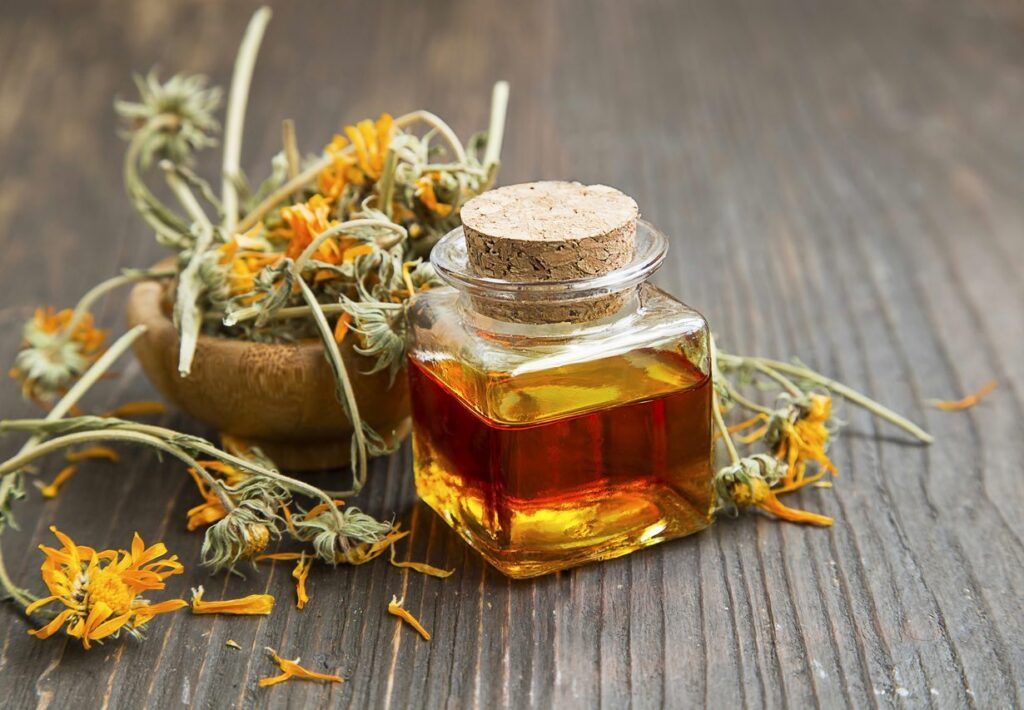
Calendula oil comes from the calendula or marigold flower.
The antimicrobial and anti-inflammatory properties of calendula can inhibit itching and decrease your skin‘s redness. [8]
It encourages the top layer of your skin to grow, which will help improve the speed of recovery.
How to use calendula oil for pityriasis rosea:
- Apply the calendula oil to your affected area.
- Massage the skin gently twice per day until you feel better.
Read More: 12 Health Benefits of Calendula Oil (#2 is Impressive)
8. Plantain Leaves
Plantain leaves are medicinal. It is excellent to heal inflammatory skin diseases. [9]
Plantain leaf is a natural astringent and emollient.
The anti-inflammatory properties of plantain leaf can soothe the itching and discomfort of your skin.
How to use plantain for pityriasis rosea:
- Take some fresh plantain leaves and make a smooth paste using a mixer.
- Apply the paste to the rashes of your skin and let it sit for 30 minutes.
- Wash off with fresh, cold water and pat dry with a soft and clean towel.
- Apply this process once per day until it heals appropriately.
9. Comfrey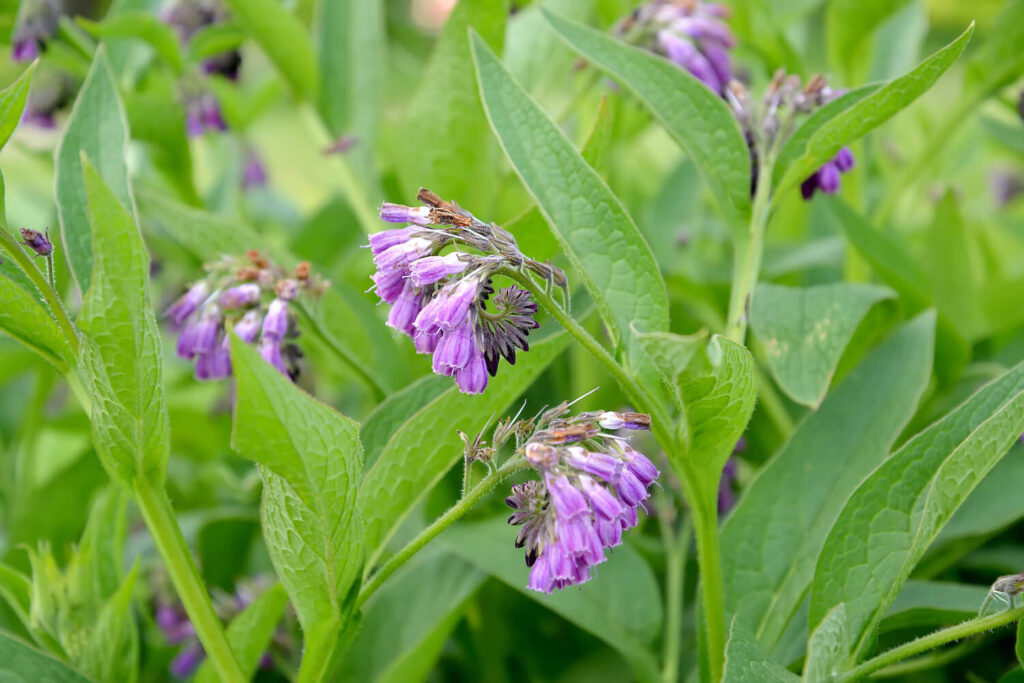
The herb comfrey contains a substance named allantoin that can speed up the healing process of your skin. [10]
Its astringent and emollient properties are excellent for your skin’s nourishment.
Comfrey also has anti-inflammatory properties that can reduce irritation and inflammation due to pityriasis rosea.
How to use comfrey leaves for pityriasis rosea:
- Take some comfrey leaves and roots and wash them properly.
- Could you put them in a blender? Add an equal amount of olive oil to it.
- Blend it well and pour the mixture into a bowl.
- Put the bowl in hot water. Don’t overheat the product.
- Let it cool, and then reheat.
- Repeat the process for 3-5 hours.
- Use a cheesecloth to strain the mixture.
- You can use this oil as a compress over your rashes.
10. Garlic
Chewing raw garlic may be the last thing you want to do, but believe me, you won’t regret it.
Garlic is one of the most functional cures for reducing the symptoms of pityriasis rosea.
The antimicrobial and anti-inflammatory agents help reduce any itching and inflammation. [11]
How to use garlic for pityriasis rosea:
- Chew a few garlic cloves on an empty stomach every morning.
- Wash them off with clean water.
11. Flaxseed
When you have itching and redness due to a skin disease, you should have food that contains omega-3 fatty acids.
Flaxseed consists of omega-3 fatty acids and can be an excellent remedy to reduce the redness and irritation of your skin. [12]
Its anti-inflammatory substances make it an excellent treatment for skin diseases like pityriasis rosea, eczema, burns, and boils.
How to use flaxseed for pityriasis rosea:
- First, take a tablespoon of flaxseed and grind it properly.
- Then, mix it with yogurt or breakfast cereal and eat it every morning until you get well.
Bottom Line
You can’t prevent pityriasis rosea as there’s no specific cause of this disease. But you can reduce the possibility of any skin disease just by changing your lifestyle.
